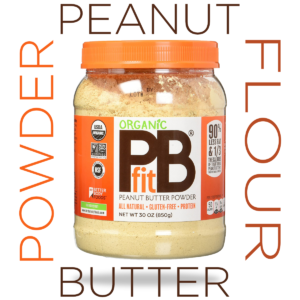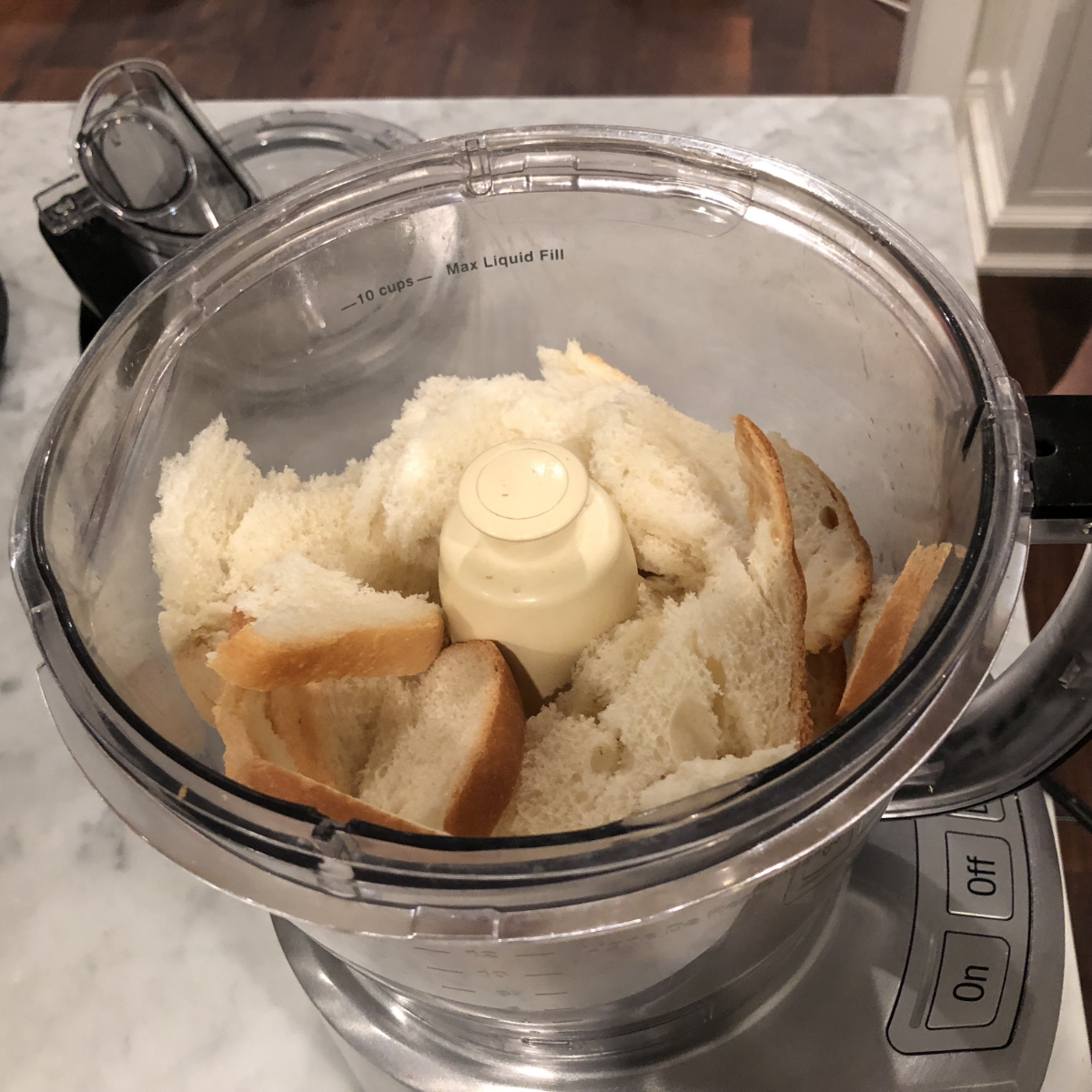An umami parade of flavors from many countries, the magic of the Jazz Chef’s Ragoût Thiam features complex meatballs, infused with a hint of umami-savory, not sweet, mint, and peanut flour/powder, simmered in a hugely flavorful tomato and okra base, finished with expeller-pressed peanut oil and served on a bed of couscous. It’s a little Italian Sunday Gravy twist, diving into my aromata to grab some assists from my Indian, Turkish and Arabic spice bases.
RAGOÛT 101
North Americans dump Ragoûts, or their Italian cousins, Ragu, largely into the broader category of stews. The term comes from the French verb ragoûter, which means: “To revive the taste.” This is because a lot of the meats that find their way into a ragoût are already cooked, often boiled for stock, or another flavor-sucking form that leaves the meat in need of a little “encouragement.” Bet you thought “ragu” was just a brand of spaghetti sauce!
Truly, even though ground beef, and sometimes smaller stew scraps, are “first pass,” they are so devoid of flavor or character that they too, could use a little ragoût style to their preparation.
A ragoût is all about the seasoning, which, for the improvisational chef, is what a blank canvas was to Matisse. Highly seasoned, and nuanced, they offer waves of taste sensations, textures, and content smiles, when done properly. Ours is going to be rich with umami, peanuts tomato, and the mouthfeel from textures of kale, black-eyed peas, and okra, in my tribute to a chef-hero, Pierre Thiam.
SUFFUSED WITH A SMIDGEN OF SENEGAL
This dish pays homage to my hurricane Irma read, chef Pierre Thiam’s wonderful book, Senegal: Modern Senaglese Recipes from the Source to the Bowl.
The cuisine of Africa is amazingly diverse. Thousands of tribes, dozens of peoples, with access to unique regional foodstuffs, abundances, scarcities, created a cornucopia of cuisine long before, along with colonial occupation, Europeans arrived, enforcing their principles of cooking.
Sadly, much of African cuisine has been lost to that “lesser than” thinking, that their approach to food is not as elegant, or as worthwhile. It is only within the last decade or so that the traditions are making a comeback.
More often than not, both flavors and techniques of preparation that might be seen as “French” or “American,” really draw from Africa, and not vice-versa. Senegalese recipes are infused with a lot of umami flavors, what Chef Thiam likes to call “funk.”
So let’s FUNK IT UP!
SAVORY MINT? DON’T BE A HERB HATER.
 Before you flip to another recipe because that voice in the back of your head says: “Mint?!!! That’s just for desserts and mojitos!”
Before you flip to another recipe because that voice in the back of your head says: “Mint?!!! That’s just for desserts and mojitos!”
Don’t be like that. Don’t be a herb hater.
If mint had a theme song, it would be: “Please Don’t Let Me Be Misunderstood.” Throughout much of North America and Europe, it is a herb shackled to sweets, bound to beverages. Its savory qualities rival those of basil, thyme, or oregano, and it is the perfect herb for umami cooking.
PEANUT POWDER POWER!
 Likewise peanut flour (powder), which has found its way into North American and European stores for smoothies and as a supplement, is a culinary powerhouse, as long as you have no peanut allergies. The flour/powder gives us big peanut flavor, and a great source of protein, with most of the fat from the oil stripped away. Unlike peanut butter, you can control how much oil, and when it is added, improving both the flavor and the calorie count!
Likewise peanut flour (powder), which has found its way into North American and European stores for smoothies and as a supplement, is a culinary powerhouse, as long as you have no peanut allergies. The flour/powder gives us big peanut flavor, and a great source of protein, with most of the fat from the oil stripped away. Unlike peanut butter, you can control how much oil, and when it is added, improving both the flavor and the calorie count!
If you’re a Creole/Cajun fan, this Senegal-riffed recipe definitely is a journey back to the roots of your fave Southern American cuisine. Indians, Mediterraneans, and Turks will see some of the commonalities in their cuisines with this root ragoût from the real “old country.”
SERVES
4-6 (Four to Six) People.
THE STUFF
Meatballs
- 1/2 cup/60 g. Peanut Butter Powder/Flour
- 1/4 cup fresh breadcrumbs 1”-2” off a loaf or approx 3 slices of bread.
- 10-12 mint leaves
- 1 2.5-4 cm (1″/1.5″) shallot (pref) or small onion and one (1) clove garlic
- 2 tsp / 12 gr. coarse ground urfa biber pepper flakes
- 4 Fenugreek leaves
- 2 tsp / 7g. onion powder
- 2 tsp Za’atar
- 2 tsp. approx Red Boat Extra Virgin Fish Sauce
- 1 lb / 450 g Ground bison or lean ground beef
- .5 lb / 230 g Ground pork or ground lamb
- 2 tsp / 10 g Pink Himalayan salt
- 1 Pasture-Raised Vital Farms Egg
- 1 tbsp / 20 ml La Tourangelle First-Press Peanut Oil
- 1.5 cups / 350 ml avocado oil (for Frying)
RAGOÛT BASE
- 1 can (28 oz. / 794 g.) CENTO Organic Peeled Tomatoes
- 8 oz. / 225 g. POMÍ Tomato Sauce or Strained Tomatoes
- 8 oz frozen or canned black-eyed peas
- 4 oz. / 115 g. – Pomi tomato sauce
- 1.5 cups med. chopped black or green kale
- 1/2 cup chopped fresh mustard greens
- 12 oz fresh or frozen cut okra
- 2″ shallot, chopped
- 10-12 mint leaves
- 1 tbsp. / 15 g. pink Himalayan salt, or to taste
- 1 bay leaf
- 8-10 dried fenugreek leaves.
- 1 tsp Tez mustard oil
- 2 tsp Approx Red Boat Extra Virgin Fish Sauce
- 1/3 cup Peanut Butter Powder/Flour
- 1/4 cup La Tourangelle expeller-pressed peanut oil, for finishing
TOPPING
- 1 tbsp. Za’atar
- 1/4 cup crushed peanuts for topping
THE GEAR
- Viking Everyday Pan6.4 QT
- SCANPAN Pro IQ Nonstick Fry Pan – 12.5″
- Cutting Board
- Food processor w/ standard blade
- 3 medium work bowls
- Tongs
- 2 glass prep mini bowls
HEALTH WARNING

If you are allergic to peanuts, or nuts in general, probably best to take a pass on this recipe. It’s very very peanut dependent. Can work with other nuts, like pistachio or cashew, if you are not allergic to all nut meats, but the flavor is different.
THE STEPS
- Cut your bread into chunks that can be worked by a food processor. Place the bread into the processor with a standard blade attached. Close and pulse chop until the breadcrumbs are fine and well aerated. Measure the amount of breadcrumbs and remove the excess. (Any excess can be used for other recipes by just bagging it.)

- Add the wet and dry meatball ingredients to the breadcrumbs. Pulse until fully integrated and aerated. Set aside.

- In a 10-12″ fry pan, heat the avocado oil to 300°F /150°c. Use a digital thermometer to check. Do not use supermarket blend vegetable oils or canola oil as they can affect the taste. Use avocado oil or expeller pressed peanut oil at 280°F / 138°c, if it is unavailable. (Click the link to learn more about why avocado oil should be your go-to oil.). Set out some paper towels to drain the cooked meatballs in a place within easy reach of your range-top.

- Remove the center stems of your kale and mustard greens and pulse-chop in the food processor until they’re about 1/4″ to 1/2″ (6mm to 1.2 cm). Put in a work bowl and set aside.
- Bring your work bowl with the meat mix close to the fry pan. To make the meatballs, you may need a bowl with some water, if there isn’t a sink with running water handy. A good idea to wet your hands between meatballs as that’s your “nonstick” coating. Wet your hands, and pull together a meatball from the meat mixture about 2″, a golf-ball and a half. Roll in the palms of your wet hands until it’s solid, with no gaps or breaks. Place into the hot oil and fry, turning with tongs, not applying too much pressure. Cook until browned on all sides of the ball.

- Drain on paper towels.

- Add the meatballs and roll them in the sauce. Let the heat come back up. Add the black-eyed peas. Stir gently. Bring back up to a low simmer.

- Add the frozen okra, and bring back up to a simmer.

- Add the kale, and simmer for approx 10-12 minutes to let the flavors from the ragout and the meatballs interact, and the kale to soften. Stir to avoid burning, but don’t overdo it. The flavors will find each other!

- Chop peanuts for the topping. Set aside.
- Fluff the couscous.

- The ragout is finished when the meatballs have that coated sheen to them. Turn off the heat. Add the expeller (first) pressed peanut oil and stir to kick up the flavor.

- Plate the couscous. You can spoon it on, but if it’s clumpy after fluffing it, you may want to grab a handful with a clean hand or two and gently rub between them to sprinkle it on to the plate which opens it up and keeps it light. I sprinkle a little extra za’atar on mine.

- Plate the ragoût on top, starting from the center and working your way to the outside of the couscous.

- Sprinkle with crushed peanuts and za’atar. Serve.








